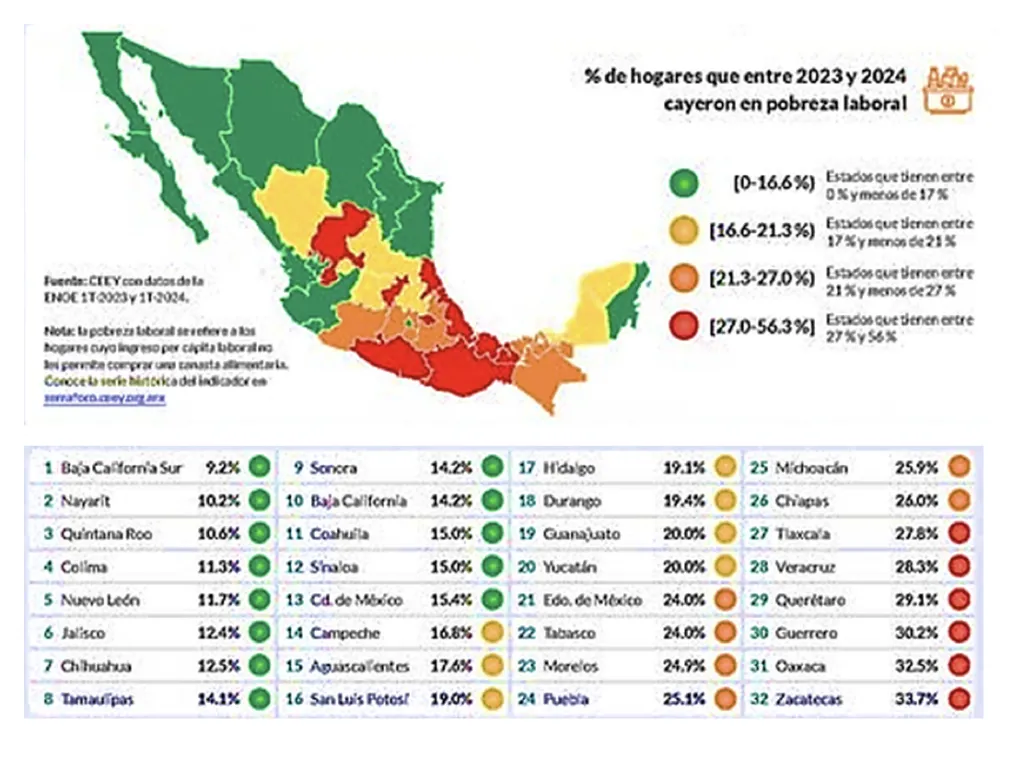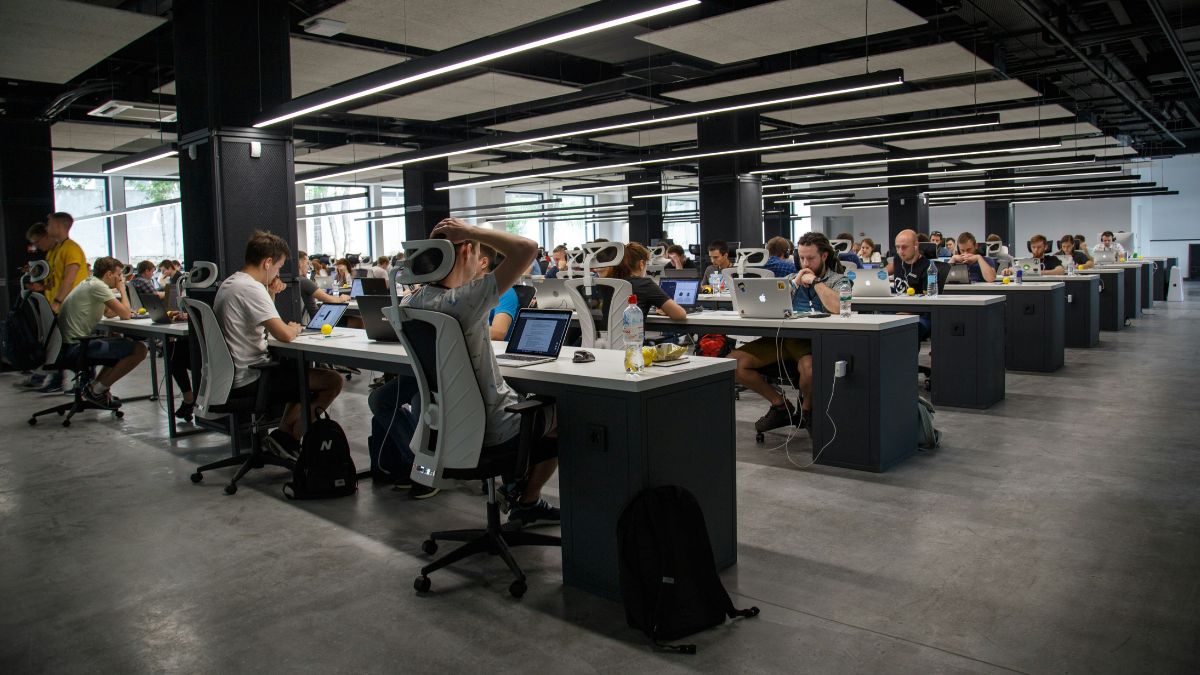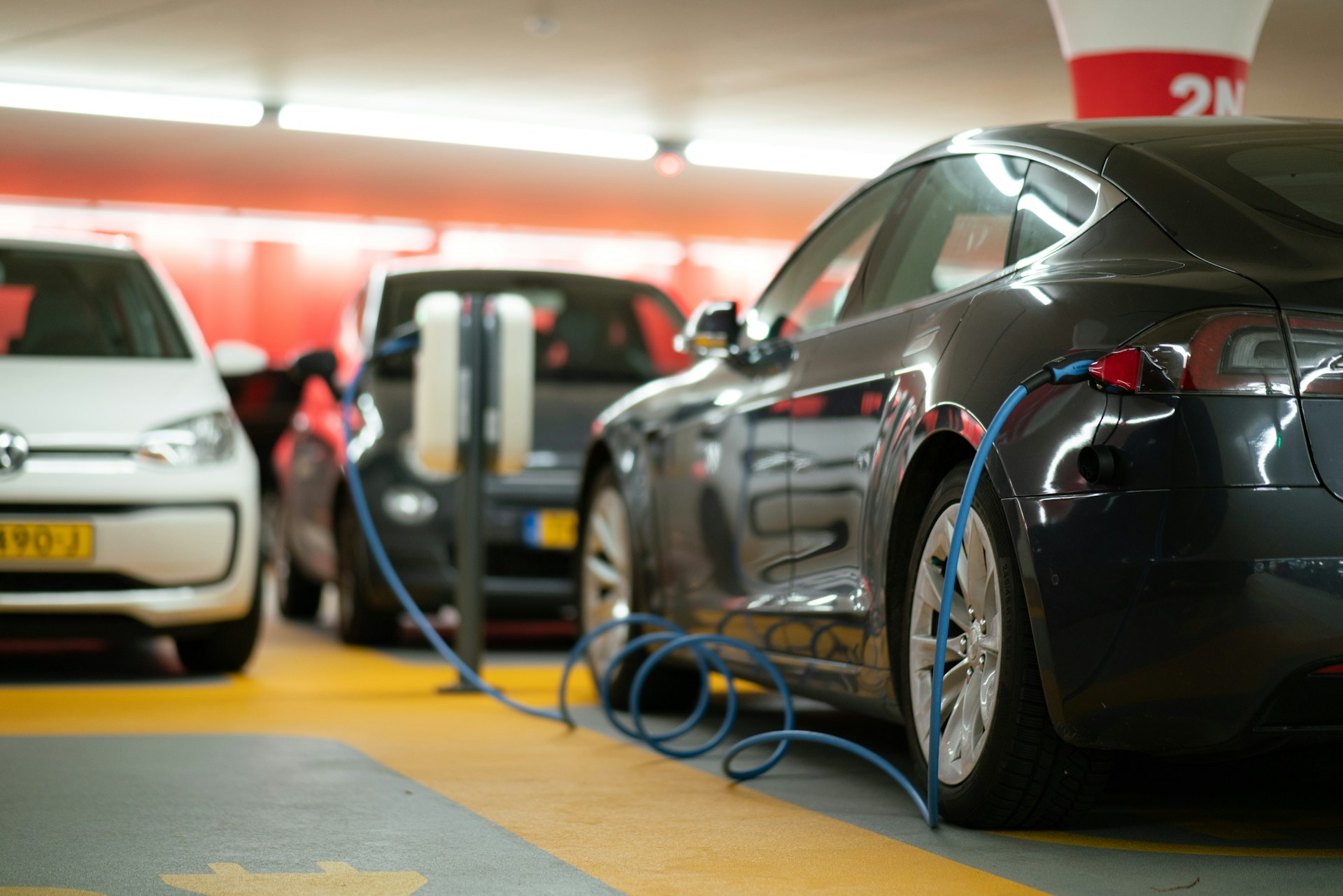The Mobility Traffic Light

Discover insights about mobility traffic light and their relevance in today's dynamic business environment.
The concept of aporophobia, or the rejection, aversion, and contempt for people in situations of poverty, especially towards immigrants or refugees, appeared. It was a term coined by the philosopher Adela Cortina, which describes the phobia of the “resource-less” or those without social mobility.
What Does the Social Mobility Traffic Light Measure?620
The Social Mobility Traffic Light is an interactive tool—designed by the Espinosa Yglesias Study Center CEEY—in which statistics can be monitored by state and metropolitan area on the situation faced by Mexican households regarding their labor income, their educational level, and their access to health services.
- **Labor poverty**. The mobility and permanence of households with a per capita labor income equal to, higher than, or lower than the cost of the food basket is measured.
- **Labor income**. The mobility or permanence of households that do not receive salaries is measured, as well as the increase or reduction in the purchasing power of households.
- **Access to social security**. Households in which at least one of their members is affiliated with an institution that provides it are monitored.
- **Educational lag**. The proportion of household members who attend or do not attend school at the educational level that corresponds to them according to their age is calculated, or if they reached adulthood without completing basic education.
- Households that fall into Labor Poverty: Percentage of households that were not in this condition, but due to their great vulnerability, fell into it a year later, experiencing what the CEEY calls **downward social mobility**.
Can You Imagine If in a Year Your Household Fell into a Condition of Labor Poverty?1987
- This situation was faced by **three out of ten households** located in Zacatecas, Guerrero, and Oaxaca;
- As well as **one out of four** **households** in Michoacán, Puebla, and Morelos;
- **One out of every five households** residing in Aguascalientes, San Luis Potosí, and Guanajuato;
- But only **one out of ten households** located in Baja California Sur, Nayarit, Jalisco, and Colima.
The majority of the national territory is with traffic lights in red or preventive. Only two states, Tlaxcala and Sonora, have a “low” percentage. There are states in which mobility is nil or very incipient, including states as competitive as Nuevo León, Coahuila, and Querétaro.
The 39 metropolitan areas evaluated over time showed better conditions three years ago than in the two most recent, where the number of cities that presented conditions with some mobility among the poor (belonging to the lowest income quintile) was reduced to a handful.
In fact, in the latest evaluation only two, Toluca and Ciudad del Carmen, appear in green, compared to seven in yellow and 30 in orange or red.
3
A recent report by the Inter-American Development Bank (IDB) reveals that, despite the progress made during the first two decades of the 21st century, poverty continues to affect more than 200 million people in Latin America and the Caribbean. Of these, about 100 million live in extreme poverty, that is, 15% of the total, who are undoubtedly the object of aporophobia.
More Articles

Upcoming Changes in Subscription Cancellation for Platforms Like Netflix, Spotify, and Others
Nov 19, 2025

Aguascalientes Improves Income, But Labor Productivity Stagnates
Nov 19, 2025

How is Jalisco Preparing for the AI Revolution?
Nov 27, 2025

Could Mexico Face a National Energy Collapse? An Expert's Insight
Nov 11, 2025

How Many Electric Vehicles Have Been Sold in Nuevo León?
Nov 21, 2025

Salles Sainz Grant Thornton: Strengthens its Presence in the North from Monterrey
Dec 1, 2025
